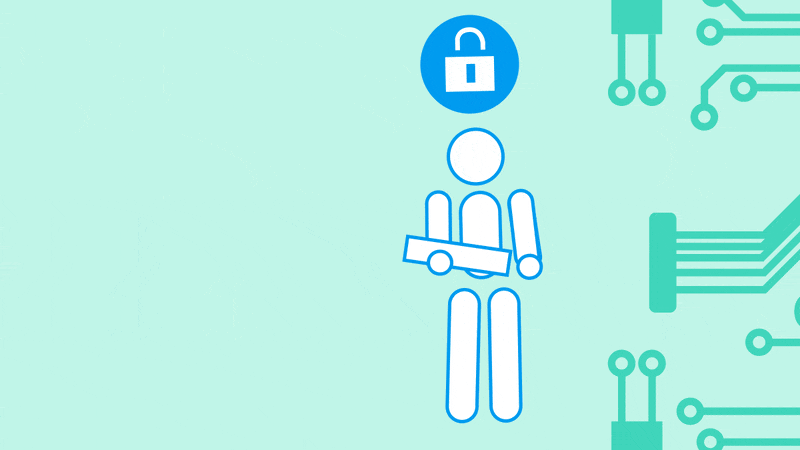So, you’re out with friends and you get a message on your phone. “Hey, you’ve run out of milk”. Nice of your flatmate to remind you. Except the message isn’t from your flatmate or your even mate. It’s from your fridge.

That’s right: the future is here. Now, you can wake up in the morning, turn the kettle on without leaving the bed, and even turn off the heating while you’re at work. Welcome to the Internet of Things. It’s exciting, convenient, and a little scary.
These days, almost all electronic equipment can be connected to the internet, from your smart speaker to your washing machine. These devices are constantly sending and receiving information via the internet to keep up to date and perform at their best.
But there’s a big negative to things being so connected.
If your smart TV is connected to your home internet, it’s an ‘access point’ (AP). This means that people outside your home could connect to it if they try. And through your Wi-Fi network, they could also connect to other devices in your home.
If you haven’t changed the default credentials for devices on your network, or you’re using old Wi-Fi protocols, anyone can guess your passwords and gain access to your network. This might not seem too scary. But if someone can do that, they might be able to get onto your mobile phone, your internet banking, or your ROBLOX games!
In all seriousness, there are groups of people who do this for a living. And it happens on an industrial scale. They target big organisations to exploit them for money or intellectual property (IP) by looking for ways onto networks and access to personal information.

But it’s not all doom and gloom – the Intelligence Services are constantly finding ways to make this harder to do. And you can too.
Here are my top tips for keeping your home and devices more secure:
- Change your default credentials to something more complicated
- Keep all your smart devices up to date
- Use the latest Wi-Fi protocols
- Go a step further: use segregated internal networks and broadcast a guest network to unknown devices.
The good news is, big organisations have teams of people protecting their networks, using methods like those above but on a larger scale.

I’ve been working here in Cyber Ops at GCHQ for over 10 years now. It’s offered me such diverse and intriguing experiences. I’ve always enjoyed trying to understand a problem – breaking it apart and looking for patterns. And I love working on everything cyber-related. It’s a rapidly expanding area, so there’s always something new to get to grips with.
It’s an ever-changing environment, so the learning never stops. I love keeping up to date with the latest technology and working with inquisitive people with inquisitive minds who are interested in problem-solving and how tech works!
Simply, it’s about developing the cyber skills that will help keep people and information safer.
This article was written by Jess from GCHQ.



